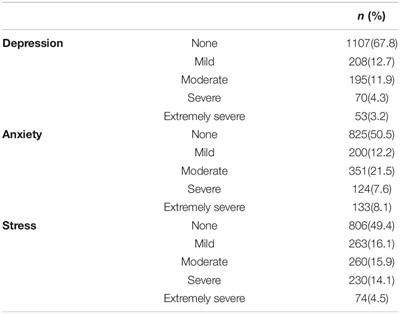Can a Traumatized Brain Heal?
The answer is yes, and the phenomenon of neuroplasticity is the key to understanding why. Neuroplasticity is the process by which the brain changes and adapts as a result of experience, and it is this process that allows the brain to heal and recover from trauma.
Neuroplasticity: How It Works
Neuroplasticity is driven by a process called synaptic plasticity, which is the ability of brain cells (neurons) to form new connections and pathways. This process works through a combination of physical, chemical, and electrical changes in the brain, which enable neurons to communicate with each other and form new pathways.
As neurons form new connections, they also reorganize existing connections in the brain, allowing it to make new associations and adapt to new situations. This allows the brain to heal from trauma and injury, as it can reorganize existing pathways and create new ones in order to compensate for any damage.
Neuroplasticity and Trauma
Neuroplasticity is essential for the healing process after a traumatic event. Traumatic experiences can cause changes in the brain, such as the formation of new neural pathways and reorganization of existing ones. This can be beneficial, as it can help the brain cope with the trauma and adapt to the new environment.
However, trauma can also cause physical damage to the brain, and this can lead to permanent changes and impairments. In these cases, neuroplasticity can be used to help the brain heal and recover, by reorganizing existing pathways and creating new ones. This process can help the brain to regain lost function and improve its ability to respond to stimuli.
Neuroplasticity and Recovery
Neuroplasticity can be a powerful tool for recovery, as it can help the brain to adapt and reorganize existing pathways in order to compensate for any damage that has been caused. This can help to improve the brain’s ability to cope with trauma and can help the person to recover from the experience.
Neuroplasticity can also be used to help the person to relearn skills and abilities that were lost as a result of the trauma. The brain is incredibly resilient and has the potential to heal itself and regain lost function, with the help of neuroplasticity.
Conclusion
The brain is incredibly resilient and possesses the ability to repair itself through the process of neuroplasticity. This phenomenon is the reason why many brain injury survivors can make astounding recoveries. By reorganizing existing neural pathways and creating new ones, the brain can heal itself and recover from trauma. Neuroplasticity is an incredibly powerful tool for recovery, and it can help to restore lost function and improve the brain’s ability to cope with trauma.




